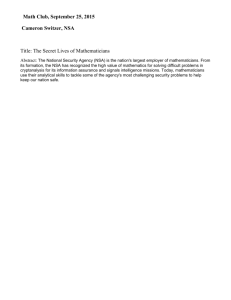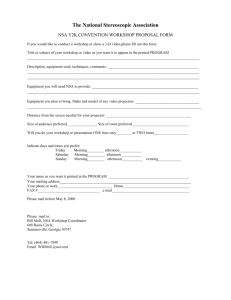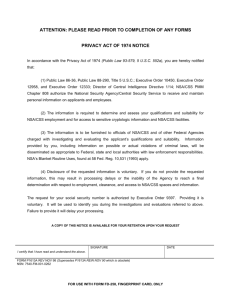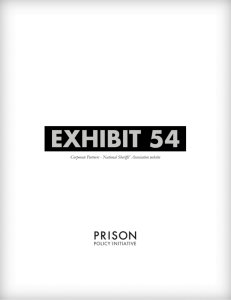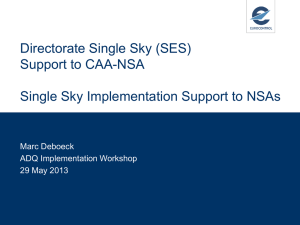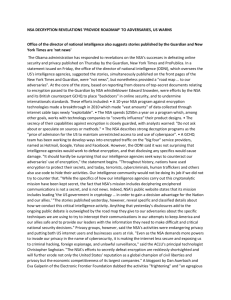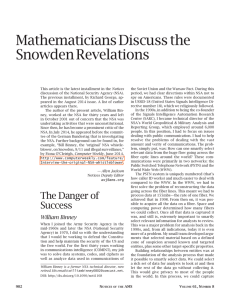Observing a Nature Study Area
advertisement
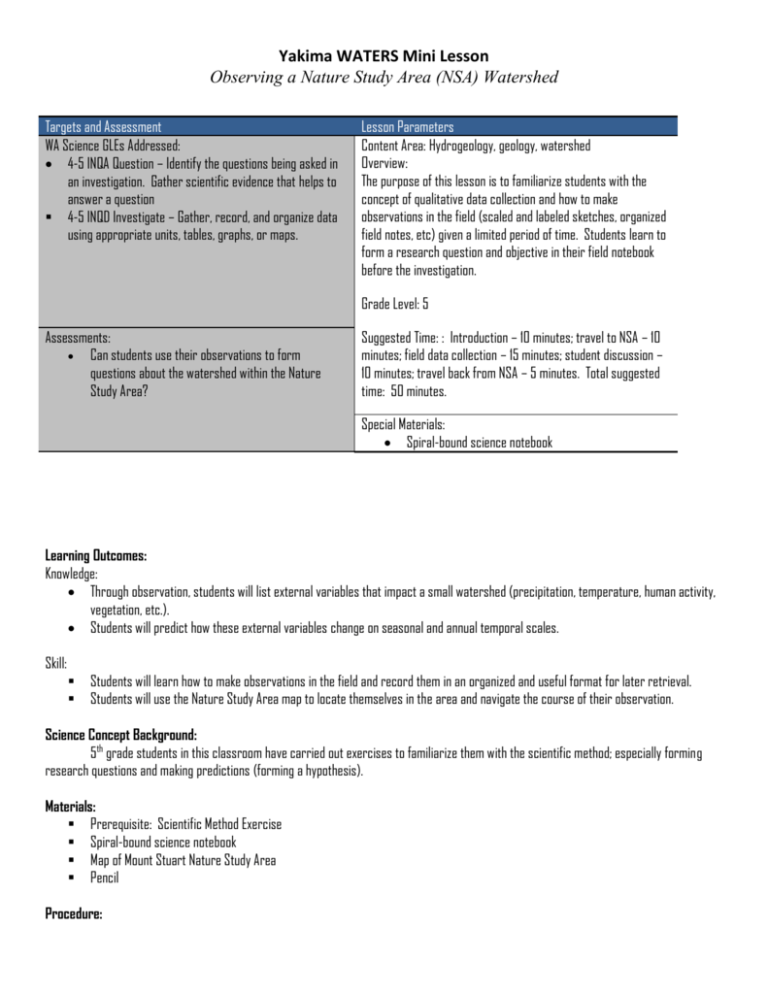
Yakima WATERS Mini Lesson Observing a Nature Study Area (NSA) Watershed Targets and Assessment WA Science GLEs Addressed: 4-5 INQA Question – Identify the questions being asked in an investigation. Gather scientific evidence that helps to answer a question 4-5 INQD Investigate – Gather, record, and organize data using appropriate units, tables, graphs, or maps. Lesson Parameters Content Area: Hydrogeology, geology, watershed Overview: The purpose of this lesson is to familiarize students with the concept of qualitative data collection and how to make observations in the field (scaled and labeled sketches, organized field notes, etc) given a limited period of time. Students learn to form a research question and objective in their field notebook before the investigation. Grade Level: 5 Assessments: Can students use their observations to form questions about the watershed within the Nature Study Area? Suggested Time: : Introduction – 10 minutes; travel to NSA – 10 minutes; field data collection – 15 minutes; student discussion – 10 minutes; travel back from NSA – 5 minutes. Total suggested time: 50 minutes. Special Materials: Spiral-bound science notebook Learning Outcomes: Knowledge: Through observation, students will list external variables that impact a small watershed (precipitation, temperature, human activity, vegetation, etc.). Students will predict how these external variables change on seasonal and annual temporal scales. Skill: Students will learn how to make observations in the field and record them in an organized and useful format for later retrieval. Students will use the Nature Study Area map to locate themselves in the area and navigate the course of their observation. Science Concept Background: 5th grade students in this classroom have carried out exercises to familiarize them with the scientific method; especially forming research questions and making predictions (forming a hypothesis). Materials: Prerequisite: Scientific Method Exercise Spiral-bound science notebook Map of Mount Stuart Nature Study Area Pencil Procedure: Key questions: o What is an observation? (A way to record what you see, smell hear, feel. We make and record observations by sketching what we see, labeling and scaling our sketch, and using descriptive words). How do scientists make observations? (Also see above) Think about the watershed of the NSA while you are out making observations. Teacher – have students turn to a page in their science notebooks and tell them to write their name, date, time, and objective for the activity. Extension(s): After this lesson, students should be able to form some research questions about the NSA and form hypotheses to begin a long-term, yearlong research project on the state of water in the NSA. This exercise allows them to take ownership of a student-driven research project and plan future investigations. [4-5INQB – Give a research question, plan an appropriate investigation, which may include models, open-ended explorations, or controlled experiments]. Teaching Tips: Although the NSA is fenced in, tell students to stay where they can see at least one other person for safety reasons. While in the NSA, walk around and observe students. If they are off-task, give them hints to where they may find places to observe the watershed. Supplements: Mount Stuart Nature Study Area website: http://www.eburg.wednet.edu/mtstuart/nsa.htm Author: Sarah Nagorsen, Yakima WATERS Project, CWU, Fall 2009
